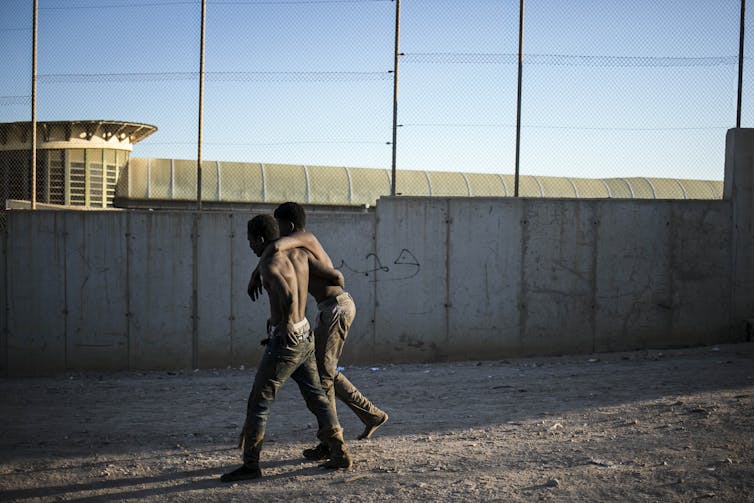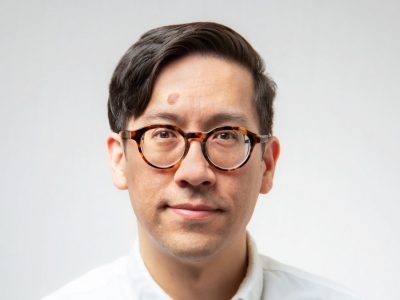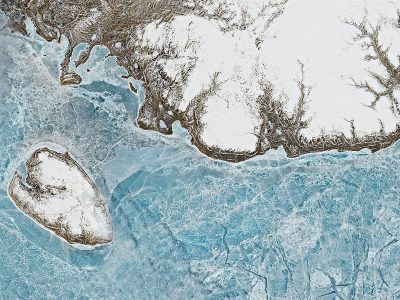By Veronica Øverlid
This article is republished from The Conversation under a Creative Commons licence. All photos provided by The Conversation from various sources.
The invasion of Ukraine and the ensuing flow of refugees into neighbouring countries has caused some western media to ask in horror how this could happen to “relatively civilized” people with “blonde hair and blue eyes” looking “like any European family that you would live next door to.”
These comments have rightfully been criticized by scholars, activists and other media outlets that have called out the double standards of news organizations and politicians.
Ukrainians throwing Molotov cocktails are hailed as freedom fighters, but non-white populations experiencing conflict — like Afghans, Syrians and Yemenis — are treated with far less generosity and are frequently labelled as criminals, terrorists or economic migrants abusing generous asylum systems.
Racist distinctions
While this is nothing new, its candour has startled many.
For people like me working in the migration and refugee field, this racist distinction between supposedly civilized and non-civilized populations comes as no surprise, because this logic is deeply ingrained in the migration and refugee policies themselves.
Through layers of border control and other migration laws, wealthy states sort people into hierarchies, keeping “unwanted people” in their regions of origin while facilitating mobility for supposedly ideal migrants.
The welcoming of Ukrainian refugees bluntly illustrates this hierarchy.
The European Union and countries like Canada and the United States certainly resettle refugees of diverse backgrounds. But they also crack down on those attempting to reach their borders on their own initiative through militarized land and sea borders.
For those who manage to overcome such obstacles, sophisticated safe third-country agreements are in place, including in Canada, as yet another hurdle that bars many from applying for asylum.
Consider the migrant crisis by the Belarus-Polish border last year, when the European Union increased sanctions against Belarus and Poland started building a 353 million euro border wall.
Similarly, Canada detained Tamils arriving by boat in 2009 and 2010 with the pretext that they were potential terrorists and human smugglers. Ten years later, many of them were still in limbo.
Stopping migrants
As if a border wall and police with tear gas aren’t bad enough, the U.S. has been implementing agreements with Mexico and some Central American states to ensure that migrants are stopped before they even reach the American border.
Mexico, traditionally a country of emigration, has its own discriminatory laws due to U.S. pressure, but historically also due to its own state-building project with a specific ethnic composition in mind.
As wealthy states make it increasingly challenging to enter their territories, they can cherry-pick who they consider desirable refugees through resettlement programs and other immigration schemes. Those not selected are left in difficult situations in transit states or risk their lives in an attempt to reach safety.

THE CANADIAN PRESS/John Woods
This past January, an Indian family of four died while attempting to cross the U.S.-Canada border, a direct result of harsh migration control.
Some might say the situation can be mitigated by respecting international refugee law.
Unfortunately, it’s not that simple.
European refugee bias
Racial discrimination is recognized as one of the grounds for refugee protection in the 1951 United Nations Refugee Convention. However, the convention was itself drafted with a bias towards European refugees, even though non-European countries protested this narrow focus and pointed to displaced populations in their own regions.
Although the geographical limitation was lifted in 1967, the definition of a refugee hasn’t been reconsidered and the refugee regime has continued to be particularly difficult for countries of the Global South.

(AP Photo/Javier Bernardo)
During the 1980s and 1990s, a shift within refugee law and policy created what’s known as the myth of difference by which refugees from the so-called Third World were different than those from Europe. That narrative has served as a pretext to contain refugees near their region of origin. People from the Global South were regarded as economic migrants rather than real refugees, the latter of which were white and anti-Communist.
This bias continues as nations of the Global North — many of which are reluctant to host refugees — are at the vanguard of developing refugee policy and knowledge.
Academic institutions in the Global North are vastly over-represented in publications about refugees, while international organizations such as the United High Commission for Refugees (UNHCR) are dependent on northern funding.
Refugee law is political
Because international refugee law is developed in such a political context, it isn’t aimed simply at helping refugees — it’s also a tool for states to manage the movement of people.
The result is that less than one per cent of refugees are resettled every year.
Some recent commentators have argued that the Ukrainian refugee crisis has proven that humanitarianism can trump bureaucracy.
While the current response is evidence of the enormous capacity to host refugees, it also reveals selective generosity based on the idea that some refugees are more deserving than others.
Ukrainians fleeing should of course have the possibility to seek safety. But so should all refugees. Unfortunately, the existing legal infrastructure itself contributes to vastly unequal outcomes for people fleeing conflict depending on the colour of their skin and their country of origin.
![]()
Wednesday, March 16, 2022 in The Conversation
Share: Twitter, Facebook



